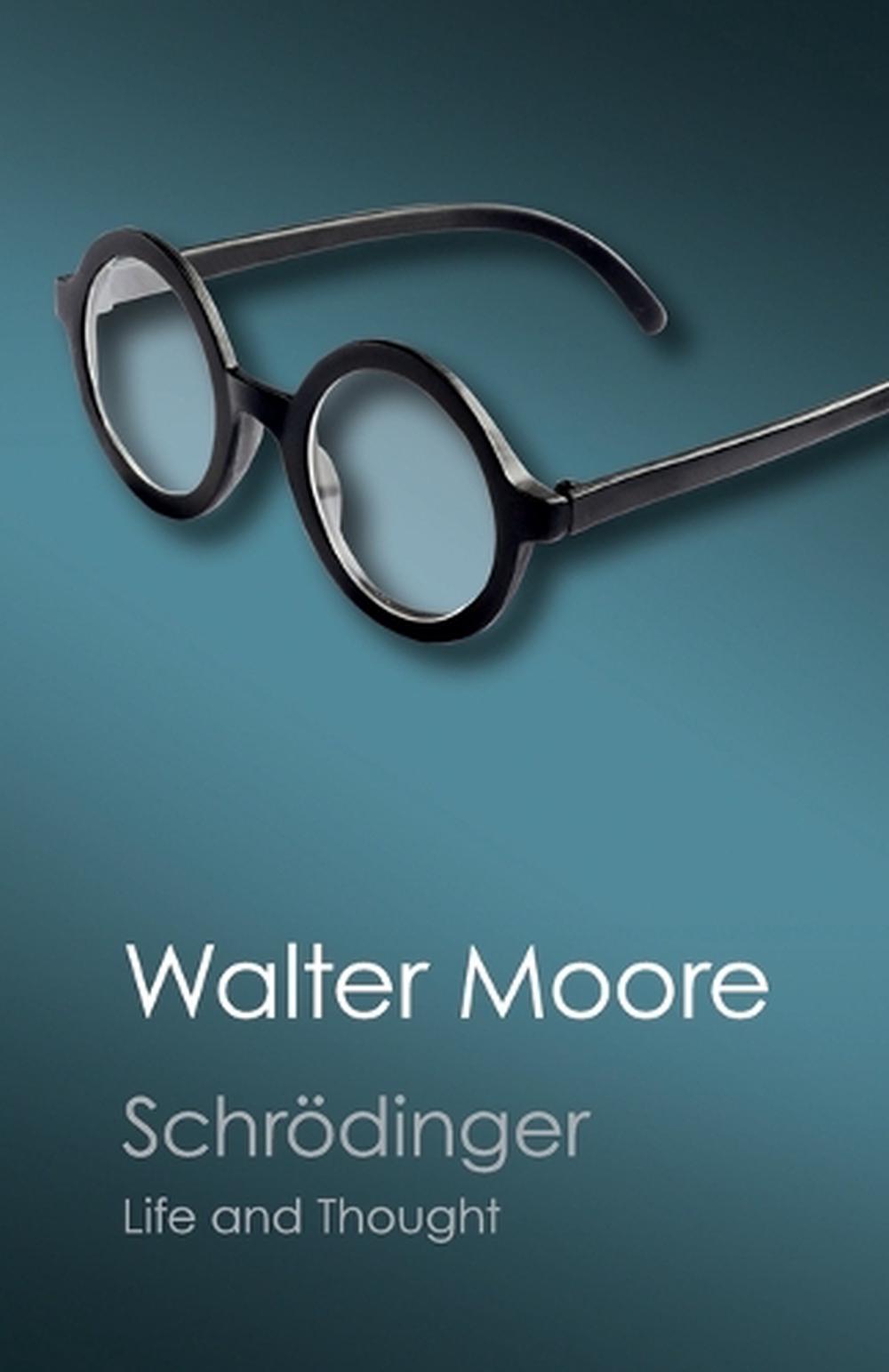
Thus, Wigner’s friend would split into two copies and, “with good enough supertechnology,” he could indeed measure that person to be in superposition from outside the lab, says quantum physicist and many-worlds fan Lev Vaidman of Tel Aviv University. The most exotic is the “many worlds” view, which says that whenever you make a quantum measurement, reality fractures, creating parallel universes to accommodate every possible outcome.

Each has its own weird and wonderful take on Wigner’s test. Other interpretations hold the even more radical position that there is no collapse at all. Several competing quantum interpretations have sprung up over the decades that employ less mystical mechanisms, such as decoherence, to explain how superpositions break down without invoking consciousness. So they carry out their tests at ultracold temperatures and try to isolate their apparatuses from vibrations. Certainly, researchers attempting to manipulate complex quantum superpositions in the lab can find their hard work destroyed by speedy air particles colliding with their systems. Today most physicists concur that inanimate objects can knock quantum systems out of superposition through a process known as decoherence. “People in the foundations of quantum mechanics rapidly dismiss Wigner’s view as spooky and ill-defined because it makes observers special,” says David Chalmers, a philosopher and cognitive scientist at New York University. Thus, his hypothetical friend would discern a definite outcome when she or he made a measurement-and Wigner would never see her or him in superposition. Wigner held the then popular view that consciousness somehow triggers a superposition to collapse. This superposition only collapses into a single state when the system is observed, and physicists can never precisely predict what that state will be. The textbook version-sometimes called the Copenhagen interpretation-says that until a system’s properties are measured, they can encompass myriad values. But quantum theory appears to be inherently probabilistic. Until quantum physics came along in the 1920s, physicists expected their theories to be deterministic, generating predictions for the outcome of experiments with certainty. “It’s the beginning of what I expect will be a huge program of research.” A Matter of Taste The new work is an “important step forward in the field of experimental metaphysics,” says quantum physicist Aephraim Steinberg of the University of Toronto, who was not involved in the study. Their study, which appeared in Nature Physics on August 17, has implications for the role that consciousness might play in quantum physics-and even whether quantum theory must be replaced. By combining the classic thought experiment with another quantum head-scratcher called entanglement-a phenomenon that links particles across vast distances-they have also derived a new theorem, which they claim puts the strongest constraints yet on the fundamental nature of reality. Now Tischler and her colleagues have carried out a version of the Wigner’s friend test.

“The ‘Wigner’s friend’ thought experiment shows that things can become very weird if the observer is also observed,” says Nora Tischler, a quantum physicist at Griffith University in Brisbane, Australia. He argued it was absurd to say his friend exists in a superposition of having seen and not seen a decay unless and until Wigner opens the lab door. Wigner sharpened the paradox by imagining a (human) friend of his shut in a lab, measuring a quantum system. But does the cat experience being in superposition?

Radioactivity is a quantum process, so before the box is opened, the story goes, the atom has both decayed and not decayed, leaving the unfortunate cat in limbo-a so-called superposition between life and death. Take his fellow physicist Erwin Schrödinger’s famous thought experiment in which a cat is trapped in a box with poison that will be released if a radioactive atom decays. He was frustrated by the paradoxes arising from the vagaries of quantum mechanics-the theory governing the microscopic realm that suggests, among many other counterintuitive things, that until a quantum system is observed, it does not necessarily have definite properties. That question irked and inspired Hungarian-American physicist Eugene Wigner in the 1960s. What does it feel like to be both alive and dead?


 0 kommentar(er)
0 kommentar(er)
